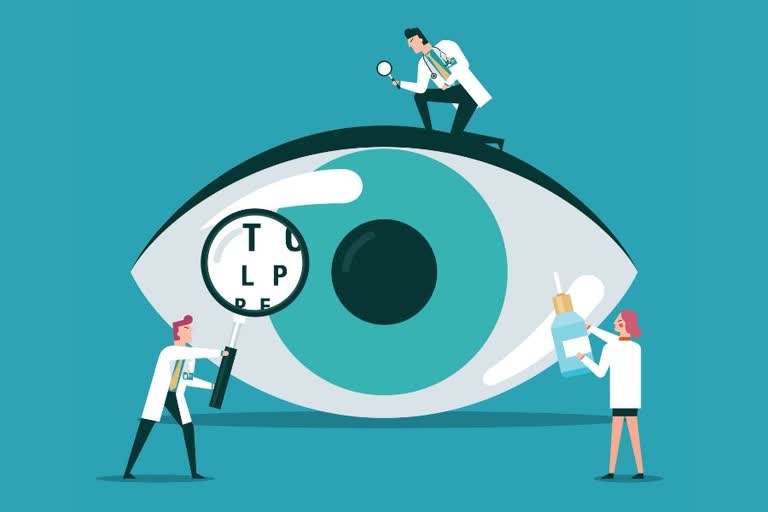Diabetic retinopathy is a chronic, progressive retinal disease that is a leading cause of vision impairment in today's young adults, working population. It's of major concern among children suffering from juvenile diabetes (Type-1 diabetes) and especially if they have had diabetes for over 10 years.
It is estimated that approximately 1.1-crore people are suffering from retinal disorders in India and more alarmingly, about one in every three people living with diabetes have some degree of diabetic retinopathy, a diabetes complication that affects the eyes.
"With the growing incidence of diabetes, it has been estimated that diabetic retinopathy affects one in three people with diabetes and remains the leading cause of blindness in young working-aged adults," Dr. Mahipal Sachdev, Medical Director and Chairman, Centre for Sight Group of Eye Hospital, told IANS.
"Approximately 7-10 percent of young diabetics will go on to develop diabetic retinopathy, of which 2-4 percent will have vision-threatening sequelae if they do not take proper treatment," added Dr. Aditya Sudhalkar, M.S. Ophthalmology, Consultant Vitreoretinal Surgeon.
The most common form of diabetic retinopathy is Diabetic Macular Edema (DME) which arises when the damaged blood vessels swell and flow into the macula of the retina causing visibility issues in the normal vision.
According to Dr. Chaitra Jayadev, senior vitreoretinal consultant, Narayana Nethralaya Eye Institute, Karnataka, says “studies have shown that the prevalence of DME and diabetic retinopathy is higher and more severe in young diabetics with a longer duration of diabetes.
Diabetes in the younger is a distinct pathological entity characterized by a more aggressive presentation and manifestation. Early-onset of diabetes leads to longer exposure to insulinresistance and hyperglycemia. This gives rise to a greater propensity for developing long-term microvascular and macrovascular complications," Dr. Jayadev said.
